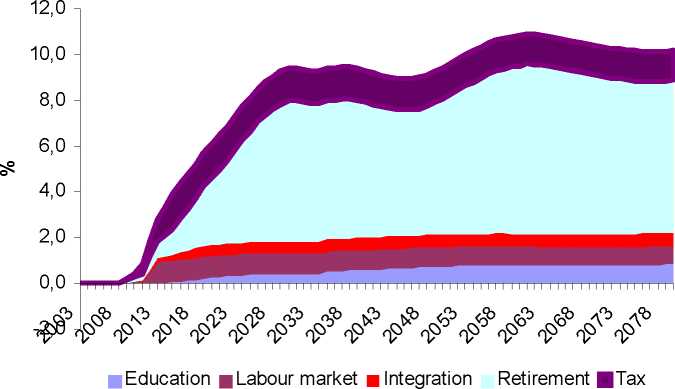Figure 14: Employment effect - decomposition on
reform elements

Source: Velfærdskommissionen (2005d).
The reform package implies that the deteriorating trend in public finances
is eliminated and sustainability ensured. While the initial favourable position
is used to further consolidate public finances, the package essentially implies
that the primary balance is projected to vary very closely around zero reflecting
that the net-effect of the overall reform package is timed so as to counteract the
consequences of the demographic changes. The budget balance is projected to
be very close to zero (maximum deficit in any year is 0.5% of GDP) and net-debt
relative to GDP is in no year above 10% of GDP. The reform package is thus
neither a pure PAYG-solution nor a pure consolidation/pre-funding strategy,
although if anything it is closer to the former than the latter26.
26Note that in the long run there is a tendency towards budget surpluses leading to some
consolidation coping with problems in the very long run. This has litlle current policy relevance
since it applies to a very long horizon.
29
More intriguing information
1. Discourse Patterns in First Language Use at Hcme and Second Language Learning at School: an Ethnographic Approach2. Endogenous Determination of FDI Growth and Economic Growth:The OECD Case
3. The name is absent
4. SLA RESEARCH ON SELF-DIRECTION: THEORETICAL AND PRACTICAL ISSUES
5. Income Mobility of Owners of Small Businesses when Boundaries between Occupations are Vague
6. Iconic memory or icon?
7. POWER LAW SIGNATURE IN INDONESIAN LEGISLATIVE ELECTION 1999-2004
8. The name is absent
9. Cultural Neuroeconomics of Intertemporal Choice
10. The name is absent